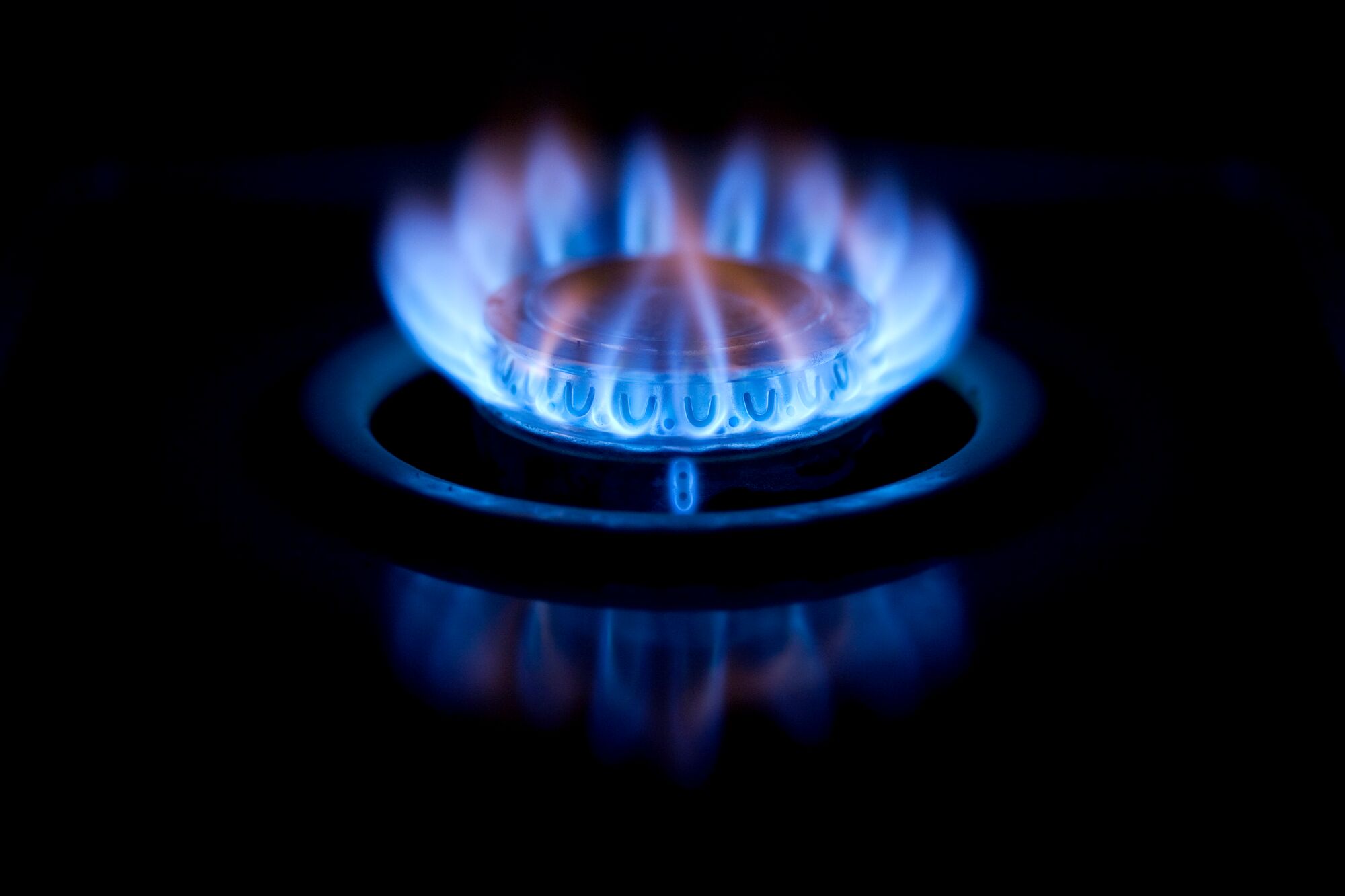Washington Gas is Betting Against the Climate, and Your Health, with Billions of Your Money
Washington D.C. residents should not have to pay for Washington Gas's bad investments.
An old gambling saying goes: “Eat your betting money, but don’t bet your eating money.” In D.C. and across the DMV, Washington Gas is burning through customers’ hard-earned dollars by betting against the climate at the expense of customers’ health and safety. As toxic emissions due to the combustion of gas worsen fatal weather events, like flooding and heatwaves, Washington Gas asks D.C. regulators to approve a massive gas rate hike as well as an extra charge on utility bills to fund the complete replacement of gas pipes that the company will eventually have to abandon as D.C. moves to meet the region’s climate goals.
In April of last year, Washington Gas Light asked the D.C. Public Service Commission to increase customers’ rates by 20% — the utility’s largest rate increase yet. Washington Gas wants to spend $53 million in customer dollars while residents struggle with inflated grocery prices. On top of that, Washington Gas is seeking approval of an additional charge on your bill to fund what it calls “PROJECTpipes” — a program that will put new gas pipes in the ground that will last into the 22nd century and well beyond D.C. and Maryland’s goals to cut out gas use by 2045. Washington Gas’ PROJECTpipes are expected to cost over $4.5 billion alone and will leave customers paying Washington Gas’ shareholders for those pipes well past the region’s 2045 climate goals.
The science is clear that gas use is causing climate change and that cutting out gas is the surest way to reduce greenhouse gas emissions at necessary levels to avoid the worst temperature rises and extreme, dangerous weather events. In that regard, advocates across the region have been pointing regulators to the writing on the wall — additional investment in the gas system must cease, and alternatives like clean energy and electric appliances are necessary to ensure our health and safety. Yet, Washington Gas continues to ask customers to support the flailing methane gas industry in a way that makes little financial sense and only continues to expose customers to the risks associated with gas appliances.
Massive spending on the gas system will only keep us tethered to unhealthy gas stoves, furnaces, and water heaters. For decades, we have known that gas stoves release pollution directly into our homes, businesses, and places of worship, leading to the development and worsening of lung diseases, such as asthma and chronic obstructive pulmonary disease, as well as cardiovascular disease, cognitive deficits, cancer, and premature death. Operating a gas stove is akin to idling a car in your kitchen, releasing toxic air pollution as you cook, even while not in use. In particular, gas stoves are a known source of nitrogen dioxide in indoor environments. The EPA has acknowledged the connection between exposure to nitrogen dioxide and respiratory harm. Additional health effects can include shortness of breath, fatigue, nausea, and lung fluid build-up. Exposure to gas has also been estimated to increase the burden of asthma for children in homes with gas stoves, and the impact on children with asthma from living in a house with a gas stove has been likened to living with a smoker. While gas stoves and ovens can produce levels of nitrogen oxide exceeding the legally acceptable outdoor limit within a matter of minutes, for decades, we have known that even low levels of nitrogen dioxide can exacerbate asthma in children, and symptoms can grow worse as concentrations increase. Recent studies have estimated that having a gas stove at home increases a child’s risk of developing asthma by 42%.
Burning methane indoors also increases exposure to particulate matter, carbon monoxide, formaldehyde, and benzene — all of which have been increasingly linked to adverse human health effects, including higher rates of respiratory and cardiovascular illnesses, childhood asthma, reduced lung function, and premature death. Adequate ventilation measures, including stovetop exhaust fans and flues attached to appliances like water heaters, can reduce but not eliminate exposure to dangerous substances from combustion.
Continued use of the gas system for heating also makes little sense, where electric options—such as heat pumps—provide cleaner, more efficient, and healthier warmth when needed in the winter months. And while states have been looking at geothermal networks — that is, using underground pipelines to capture and share thermal energy underground — Washington Gas has rejected any such innovation for the benefit of its customers. Instead, and despite the health risks of continued gas use, Washington Gas wants to spend $4.5 billion to replace nearly all the District’s gas pipes, whether they need it or not. That’s a whopping $27,000 per customer, according to current estimates. Washington Gas also proposes other expensive projects to boost its gas infrastructure while investing recklessly in false climate solutions. These include experiments to pump hydrogen — an even more flammable and concentrated greenhouse gas — into customer homes, which will require even more money for pipe upgrades and potentially new appliances — both at customer cost.
The District understands the costs of extracting, transporting, and burning methane gas outweigh any supposed benefits. Admirably, the District will require new buildings to drop gas combustion and be energy net zero by 2027. By 2045, the District is moving toward carbon neutrality and releasing methane gas infrastructure from government buildings. In stark contrast, Washington Gas wants to spend its customers’ hard-earned money on technology that is neither economically viable nor environmentally sound. PROJECTpipes will put new pipes in the ground — paid for by ratepayers today — but will become increasingly useless and expensive as the District moves away from gas. The only parties benefiting from this program are Washington Gas, its Canadian parent company, AltaGas, and its shareholders.
Ultimately, the future is electric, which means more efficient and healthier appliances powered by clean energy, not gas. Governments are paving the way with new building codes and money for home electrification, such as the Healthy Homes Act currently under consideration by the D.C. Council. It’s time that gas companies get the memo and stop bombarding their customers with false information and exorbitant bill increases.
The Company’s rate hike and PROJECTpipes cases are before the Public Service Commission, which could approve or reject Washington Gas’ proposals any day. We’re asking the PSC commissioners to reject this costly proposal to bring DC back decades. Send Washington Gas to the drawing board to develop a real climate plan that phases out gas and protects D.C. ratepayers. It will put D.C. back on track to fight climate change, safeguard the ratepayer’s health, and stop Washington Gas from reaching into customers’ wallets for dirty and false climate solutions.

Dr. Phoenix served on key federal advisory committees and manages the National Lead Information Center and direct health education initiatives. (Photo courtesy of Dr. Phoenix.)
Earthjustice’s Washington, D.C., office works at the federal level to prevent air and water pollution, combat climate change, and protect natural areas. We also work with communities in the Mid-Atlantic region and elsewhere to address severe local environmental health problems, including exposures to dangerous air contaminants in toxic hot spots, sewage backups and overflows, chemical disasters, and contamination of drinking water. The D.C. office has been in operation since 1978.
